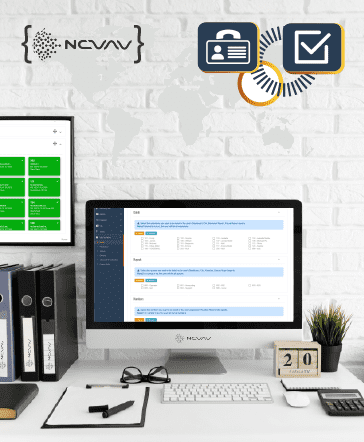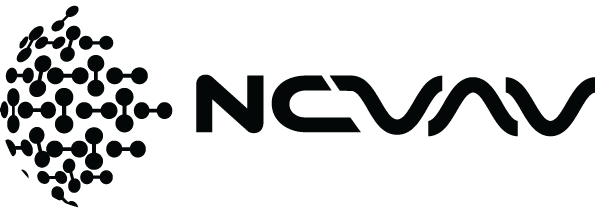What Are User Permissions and What Do They Do?
User permissions are a feature within the NCVAV Santral system that defines the access and operation rights of different users. These permissions regulate what features and data each user can access, ensuring data security and operational efficiency. User permissions allow administrators to assign specific roles and tasks to different user groups, facilitating organized and secure management of system processes. This feature also enables authorized individuals to view reports, modify settings, or perform other administrative functions.

Features
- Role-Based Access Control: User permissions are defined according to their roles within the system. Each role has specific access levels and permissions, ensuring that users can only access areas they are authorized for.
- Customizable Permission Assignments: System administrators can customize user permissions based on their needs. This ensures that each user is equipped with permissions suited to their responsibilities.
- Comprehensive Monitoring and Auditing: User permissions provide comprehensive monitoring and auditing of access and actions. This allows tracking of which users accessed what data and performed which actions.
- Temporary and Permanent Permissions: Permissions can be set as temporary or permanent for users. Temporary permissions are defined for a specific period, while permanent permissions provide ongoing access.
- Approval Process for Permission Changes: Changes to permissions can be subject to approval by authorized personnel. This helps ensure the security and accuracy of permission modifications.








